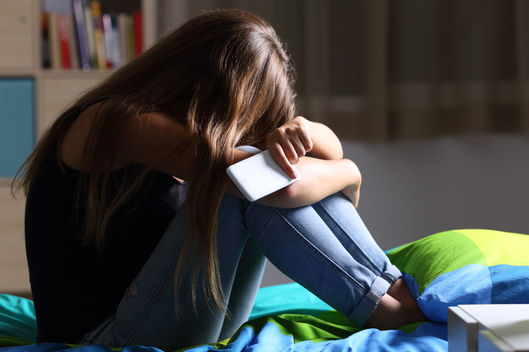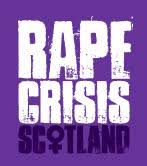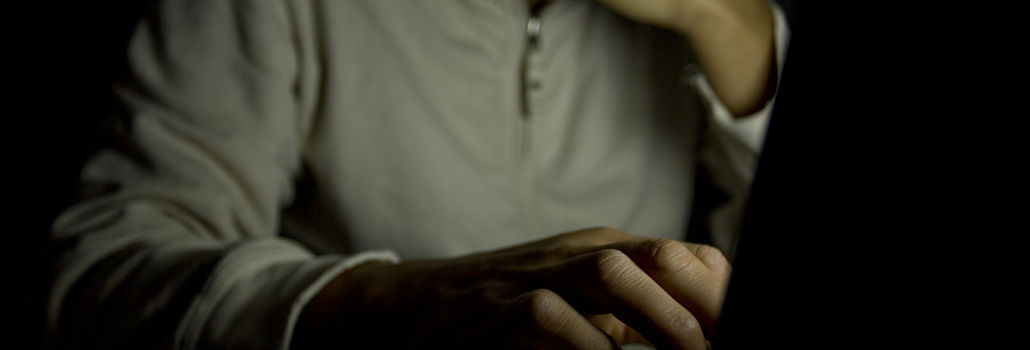Contents
- Sexual Abuse Prevention and the School Curriculum
- Education Scotland - Safeguarding & Child Sexual Exploitation (CSE)
- Relationships, Sexual Health and Parenthood
- Schools, sexual abuse and harmful sexual behaviour
- Technology Assisted Harmful Sexual Behaviour in Schools
- Harmful Sexual Behaviour safety plans
- Preventing abuse in school perpetrated by adults
Sexual Abuse Prevention and the School Curriculum
In response to the alarmingly high incidence and negative consequences of child sexual abuse, an increasing number of school-based prevention programs were developed in the 1990s for children at different ages and stages of development.
Although targeted child sexual abuse prevention programmes may have a role to play, evidence of their impact on prevention has remained elusive. Accordingly in the UK and other countries the trend over the last 10 years has been to integrate key messaging from such programmes into aspects of the school curriculum that deal with Relationships, Sexual Health and Parenthood (RSHE).
Key elements of prevention as part of the curriculum should include::
· teaching units geared to the child’s age and cognitive level;
· information presented in an engaging manner to minimise the amount of anxiety experienced by the children;
· messaging that does not over-emphasise stranger danger and need to underline that potential offenders include people known to and loved by the child;
· enabling children to recognise potentially dangerous situations and to make effective use of the options available to them;
· an emphasis that victimisation is the adult’s responsibility, not the child’s, and that the child is not at fault should abuse happen.
· discussions of online and offline risk including the risk posed both by adults as well as adolescents and other children
· discussions of abuse should occur within a wider discussion of what constitutes healthy relationships, consent, and – if age appropriate – healthy sexuality and development
Based on the high incidence of child sexual abuse, teachers and other colleagues must be aware that there is a high probability that there will be some children within their classrooms that have already experienced child sexual abuse. Any information must be mindful of not making a child feel guilty or responsible for that abuse and provide appropriate guidance for children on what to do if they want to tell someone what has happened or is happening to them.
Schools must have a named safeguarding lead this is usually the Headteacher. Any disclosures must be brought to the attention of the Head.
Education Scotland - Safeguarding: identify, understand and respond appropriately to sexual behaviours in young people
 |
The Scottish Government via the National Improvement Hub, have provided a resource for staff working with children and young people with information about how to identify, understand and respond appropriately to sexual behaviours in young people It is aimed for staff in education and training settings, from early years to senior level and including ASN/EASN provision, It is accessed here |
Relationships, Sexual Health and Parenthood (RSHP) web resource
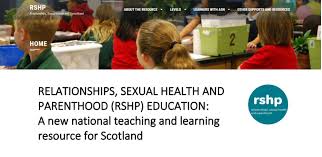 |
In Scotland the Relationships, Sexual Health and Parenthood (RHSP) contains over 100 lesson plans for use in all education settings. Several of the lesson plans integrate key messaging about sexual abuse and its prevention. |
Around 1,500 teaching professionals and parents contributed to the development of the resource, which was also piloted in 38 schools. It aims to give teachers greater confidence in having valuable and engaging age-appropriate conversations with their pupils. Topics include healthy relationships, consent, sexual health, reproduction, emotional well-being, equalities, gender and parenthood.
Schools, sexual abuse and harmful sexual behaviour
The vast majority of sexual abuse by children and young people takes place within domestic spaces such as the family home or the homes of relatives or friends. There is, however, growing awareness of abuse in school settings, and data collected by the BBC in 2015 found that 5,500 sexual offences, including 600 rapes, were recorded in UK schools over a three year period (BBC, 2015).
Issues can involve both contact behaviour as well as online behaviour such as sexual harassment online, online solicitation of younger children and pressure on peers to share self-produced sexual images or the sharing of self-produced sexual images without consent.
Children can present sexual behaviour that is normative or expected at different ages from birth through to young adulthood. They can also present behaviours that may be problematic and require further assessment, or behaviours that are clearly sexually abusive and cause harm.
 |
Being able to identify what is and is not abusive according to age and stage is key. The Brook Traffic Light Tool is a resource developed to help professionals – including teachers and safeguarding leads in schools – develop a better understanding of children’s sexual behaviour. |
 |
There is no national guidance in relation to managing sexual behaviour concerns in schools. However local guidance and resources exist, such as these Managing and Preventing Harmful Sexual Behaviour developed for schools in Stirling, Falkirk and Clackmannanshire. |
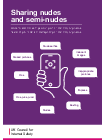 |
For advice for education settings working with children and young people - Responding to incidents and safeguarding, the guidance for English schools may have some use in a Scottish context. It should be noted that laws described are different in Scotland. When children’s sexual behaviour reaches a threshold where harm has occurred and a sexual offence has taken place, relevant multi-agency guidance that schools should adhere to in Scotland can be found - Guidance for local authorities on the assessment of young people who present a risk of harm through sexually harmful and/or violent behaviour.. |
In terms of prevention of sexually abusive behaviour in schools, there is promising research in relation to ‘whole school’ interventions such as Mentors for Violence Prevention, Bringing in the Bystander and Green Dot.
Bringing in the Bystander is a programme that enhances school and college students’ abilities to become active bystanders in the prevention of bullying, sexual harassment and teen dating abuse (Katz et al., 2011, Coker et al., 2011, Moynihan et al., 2011).)
The Green Dot Violence Prevention Strategy is a national program that trains students, faculty, and staff in bystander intervention to help prevent instances of power-based personal violence.
 |
The Mentors for Violence Programme is embedded in around 50% of High Schools in Scotland – Such programmes seem to be best introduced in early adolescence, and seem to show better outcomes when they focus on self-control, self-reflection, communication skills and social skills. Evaluations to date suggest that they need to be implemented as part of a comprehensive, multi-level strategy within a school to reduce sexual violence |
Although to date not rolled out in Scotland, Beyond Referrals is a whole school approach to sexual abuse prevention that is being implemented in some English High Schools
Rape Crisis has also developed a whole school approach to Sexual Violence Prevention in Scotland.
Technology Assisted Harmful Sexual Behaviour in Schools
Stop It Now! Scotland has developed a training package for schools on identifying and responding to adolescent online harmful sexual behaviour, including sexting. The training also covers evidence based approaches to prevention of this issue in school contexts.
Further information about the training can be obtained at
by emailing us directly at scotland@stopitnow.org.uk
Materials from the training to help schools record concerns can then inform targeted messaging to pupils and parents about prevention can be downloaded at:
Data capture form for Technology Assisted Harmful Sexual Behaviour
Harmful Sexual Behaviour safety plans
| Stop It Now has published a series of new Safety Plan templates for schools to respond to peer-on-peer sexual abuse and exploitation. These plans can assist professionals in schools or other places of learning following incidents of harmful sexual behaviour |
Preventing abuse in school perpetrated by adults
There has been media attention over the last few years in several cases involving teaching staff who sexually abuse children. Such situations are statistically rare but do occur.
Research to date on the subject suggests that such cases do not generally involve individuals who took a job working with children to sexually abuse them. More typically they involve teachers involved with boundary violation over a period of time.
This can involve several students or focus entirely on a preoccupation with a single child. Teaching situations where a lot of individual one to one tuition is offered can increase risks.
For professionals who are worried about their own thoughts and feelings towards children, or adults who are worried about the sexual thoughts, feelings or behaviours of a teaching professional towards a child, the following Upstream sections may be of use:
Concerned about your own thoughts or behaviour?
Are you someone who wants to stop sexual thoughts or behaviour towards children but does not know how?
If you suspect that somebody is looking at illegal images of children online
Looking at sexual images of anyone under the age of 18 is illegal.
Someone has been arrested for accessing Child Sexual Abuse images online
A sexual image of anyone under the age of 18, is illegal.
Did you know?
There has been 139% increase in CSA Images, including self-generated indecent imagery between Jan-June 2020 and Jan-June 2022
Source - National Crime Agency & Internet Watch Foundation
Read more